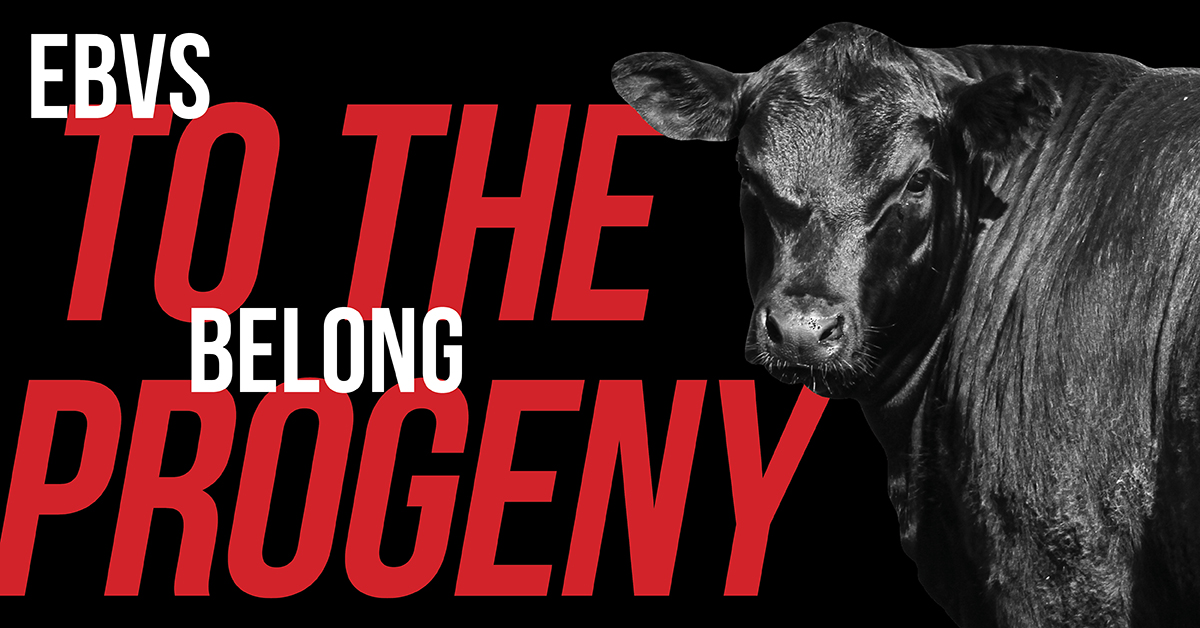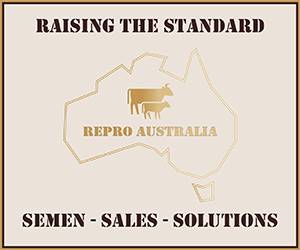There is probably not a more succinct line than ‘EBVs belong to the progeny’ that could better address the most common issues people have when interpreting Estimated Breeding Values (EBVs).
The issue comes when the EBVs are used to assess the animal itself rather than what the EBVs are actually describing; the progeny.
For this reason, there can be a great deal of confusion around breeding values and you hear lines like “He’s better than his EBVs say he is”. Importantly the EBVs are not describing him, they describe the expected performance of his progeny.
What is an EBV?
An animal’s breeding value can be defined as its genetic merit for each trait. While it is not possible to determine an animal’s true breeding value, it is possible to predict it. These predictions of an animal’s true breeding value are called EBVs (Estimated Breeding Values).
TACE (TransTasman Angus Cattle Evaluation) EBVs are expressed as the difference between an individual animal’s genetics and a historical genetic level (i.e. group of animals) within the TACE genetic evaluation, and are reported in the units in which the measurements are taken.
EBVs are calculated for a range of traits within TACE, covering calving ease, growth, fertility, maternal performance, carcase merit, feed efficiency, temperament and structural soundness.
Types of breeding values
When examining breeding values, it is important that the type of breeding value is understood because breeding values describe the predicted differences in the progeny based on the trait involved.
-
‘Improvement in the trait’ breeding values
Breeding values that describe an improvement in the performance of the progeny for the examined trait is the most common type of breeding value. These include growth traits (BWT, 200, 400, etc.), carcase (EMA, IMF, etc.) and fertility (DTC).
When we compare potential selection decisions we see the predicted difference in the performance of the progeny. For example, if we compare two bulls, one with a 200-day growth EBV of +40kg and the other bull whose breeding value is +60kg. We would predict the difference in the performance of the progeny to be 10kg, with the +60kg bull, producing progeny that were 10kg heavier at 200 days, all other things being equal.

-
‘Improvement in the number of acceptable progeny’ breeding values
Breeding values that describe an improvement in the number of acceptable progeny are often misinterpreted as describing improvements in progeny performance. These include docility, calving ease (CE Dir and CE Dtr) and structural breeding values (FC, FA, RH, etc.).
When we compare potential selection decisions we see the predicted difference in the number of progeny with an acceptable score for the trait. For examples in the case of calving ease, the EBVs are predicting differences in the percentage of unassisted calvings, or in the case of docility, more progeny with a docile temperament.

For further information contact staff at Angus Australia on (02) 6773 4600 or office@angusaustralia.com.au








